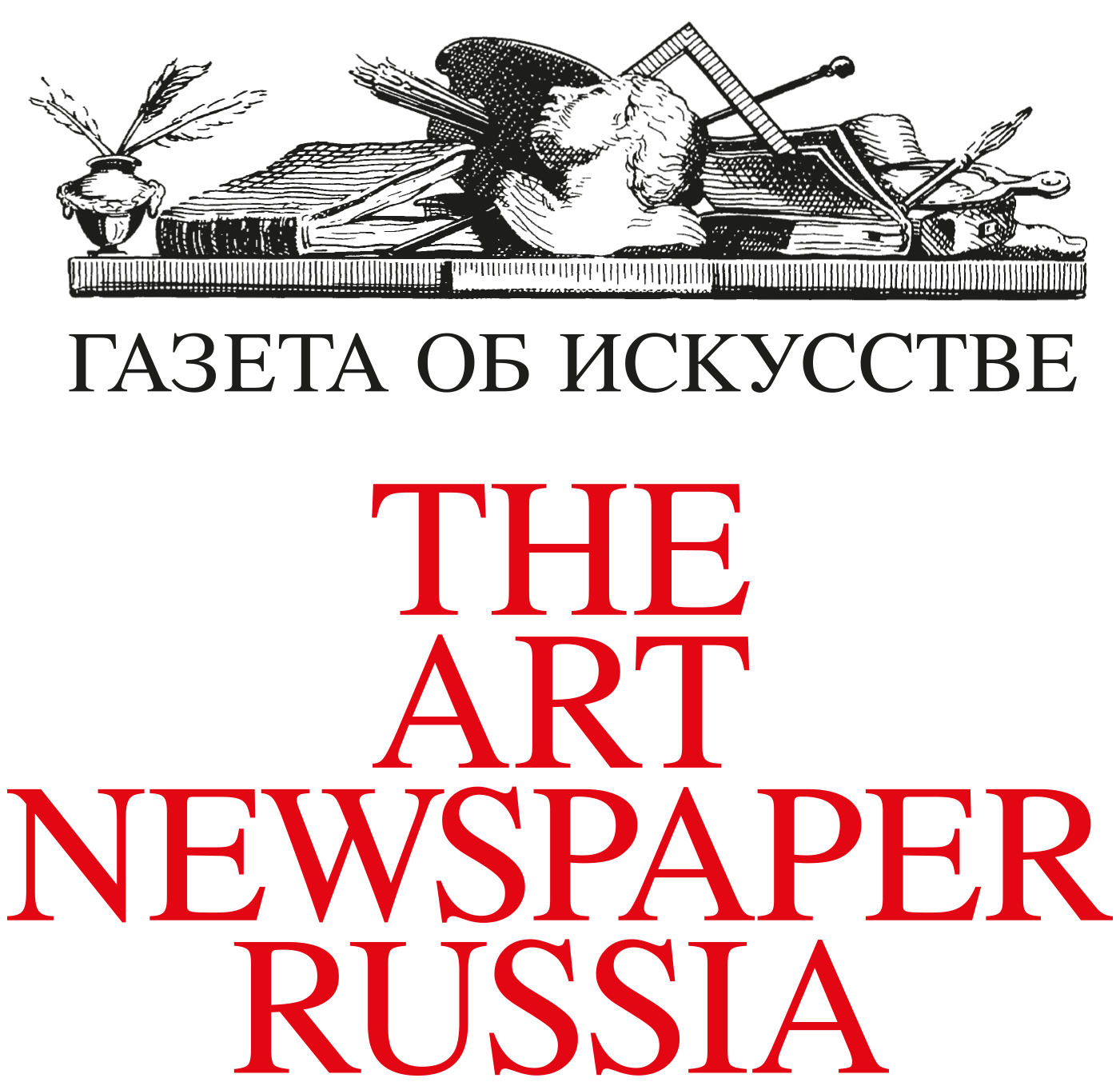Curator: Olga Averyanova, head of the Photographic Art Department, The Pushkin State Museum of Fine Arts
The Pushkin State Museum of Fine Arts presents the exhibition “Daguerreotype, Autochrome, and Polaroid. 1/1” in celebration of the 180th anniversary of the invention of photography. Visitors will have the chance to see unique examples of three rare technologies in the history of photographic art, which not only prevented the replication of images but were also the first of their kind: the first photographic image, the first color photograph, and the first instant photograph. The exhibition will include 115 single-copy pieces from museums in France, Austria, and Russia. Photographers: Louis Daguerre, Sergey Levitsky, Léon Gimpel, Antonin Personnaz, Stephen Shore, Helmut Newton, and others.
August 19, 1839, is considered to be the date of the invention of photography, when a new technology bearing the name of its creator, French artist Louis Jacques Mandé Daguerre, was presented publicly at a meeting of the Academy of Sciences. France shared the secret of photography with the whole world, which was amazed to see its own reflection for the first time.
Throughout its 180-year history, photography has been perceived as the mass production of images. Its distinguishing characteristics are a documentary nature, fidelity, and the ability to immortalize the moment. The relationship of lenses, chemicals, and light with replicable scenes has created a new art – an art of technology, where the daguerreotype, autochrome, and Polaroid were the first of their kind. Single-copy photographs turned out to be as unique as handcrafted works of artists. The charm of one-of-a-kind prints attracted many photographers and artists, both amateurs and professionals. Custom technologies for creating prints occupy a special niche in the history of photography.
The exhibition “Daguerreotype, Autochrome, and Polaroid. 1/1” features pieces that were created in a wide variety of ways and at very different times in a single space, providing a new look at the phenomenon of photography and its unique artistic merits. Photos produced in many copies are designated with digits divided by a slash (/), representing a sequence number and the total number of prints. For instance, 2/5 is the second of five prints. The name of this exhibition emphasizes the uniqueness of photographs, as 1/1 is a print run of one copy. The displayed photographs are not divided by genre, and the technologies are not presented in chronological order. The patterns and themes of the pieces illustrate the diversity of interests of both professionals and amateurs throughout the history of photography.
Daguerreotype, which marks the onset of “light painting” art, is regarded as the first photographic process. The exhibition will feature daguerreotypes from the National Library of France in Paris and the State Historical Museum in Moscow. These prints date back to the 1840s-1850s and present distinctive elements of the process, various plate designs, typical themes and patterns, and geographical coverage.
Autochrome is considered to be the first method of color photographic printing. It was patented in France by the Lumière brothers, who invented cinematography in 1903. Autochrome remained the only method for mass color photography until the mid-1930s. The autochromes for this exhibition come from the collection of the Paris-based French Photographic Society and encompass the period between 1907 and 1930.
Polaroid was the first method to produce instant color images. The process was patented in 1947 and became widespread in the 1970s-1980s. A single color print on a ready-to-use Polaroid sheet was the forerunner of digital photography; it was possible to see the picture image at once. The exhibition will include pieces from the largest collection of Polaroids, housed in the OstLicht Collection in Vienna and dating from the 1970s-1980s.
The exhibition will be displayed in seven halls of the Gallery of 19th and 20th Century European and American Art, three of which will feature theme-based installations dedicated to the presented technologies. The daguerreotype installation hall uses a mirrored space to create a fantastic illusion and transport the viewer back to the time when people saw their own photographic copies for the first time, since daguerreotypes were often called “a mirror with a memory.” The autochrome installation will immerse visitors into an illusion of a color image. Blue, green, and red spots repeatedly reflected in a mirrored corridor allow the viewers to find themselves inside an autochrome. In the Polaroid installation hall, visitors will see the entire rainbow spectrum and be plunged into a type of chromatic hallucination image, which became an integral part of the 1970s-1980s culture.
The exhibition will feature works by the French inventor of photography, Louis Jacques Mandé Daguerre; one of the key English daguerreotype artists, Antoine Claudet; and the famous master of “light painting” in the Russian Empire, Sergey Levitsky. There will also be displays of autochromes by Antonin Personnaz, a collector of impressionists’ works and a talented member of the French Photographic Society. Polaroids will include works by American landscape photographer Ansel Adams, the pioneer of Italian color photography Luigi Ghirri, and American photographers Stephen Shore and Aaron Siskind, as well as famous fashion photographer Helmut Newton. The pieces are provided by the National Library of France and the French Photographic Society in Paris, OstLicht Collection, Vienna and the State Historical Museum in Moscow.
Marina Loshak, director of The Pushkin State Museum of Fine Arts
In this significant year for photography, The Pushkin State Museum of Fine Arts is pleased to present an exhibition of unique photographs. Fine art photography offers endless expressive power. Viewing the world through a lens is itself a legacy of pictorial art, and the picture frame is the first storyboard. Photography is not only shutter speed, aperture, lens optics, and film types, but also to a large extent it is research, experience, and expression of the artist’s talent. Photography freed pictorial art from its utilitarian function of visually capturing an event, which was one of the most important tasks of art as far back as the Renaissance. Photography has played a major role in the evolution of pictorial art and has helped identify its unique hallmarks. At the same time, photography has also incorporated a great deal from the centuries-old experience of fine arts.
Olga Averyanova, exhibition curator, head of the Photographic Art Department, The Pushkin State Museum of Fine Arts
Along the entire path of its development, photography has been building complex relationships with reality, which, as it turns out, can be both real and “fictitious.” These relationships encompass the formula of photography – the endless illusiveness of reality and fiction, art and life.
Photography’s secret lies in the fact that it can be everything. It perfectly fulfills the archival function due to a special set of depictive codes. Over its relatively short life, photography has compiled a colossal visual archive, and it is already difficult to imagine modern life without it. Photography can be used to rethink reality by employing aesthetic recoding and taking it to the world of illusions, which is art.
Photography offers its own models and methods to demonstrate that objects caught in a camera lens are in the process of changing their material state and circulation speeds – from real to speculative, from slow (archiving) to infinitely fast (replications). Ethical issues pertaining to photography remain complex and are still not fully established. The questions of how and why visual archives are created, as well as what allows them to turn from documentary evidence into material for creative reflection, remain relevant. This exhibition will help answer them.
Exhibition Participants
National Library of France, Paris
French Photographic Society, Paris
OstLicht Collection, Vienna
State Historical Museum, Moscow
The exhibition is organized with the support of Accenture in Russia








